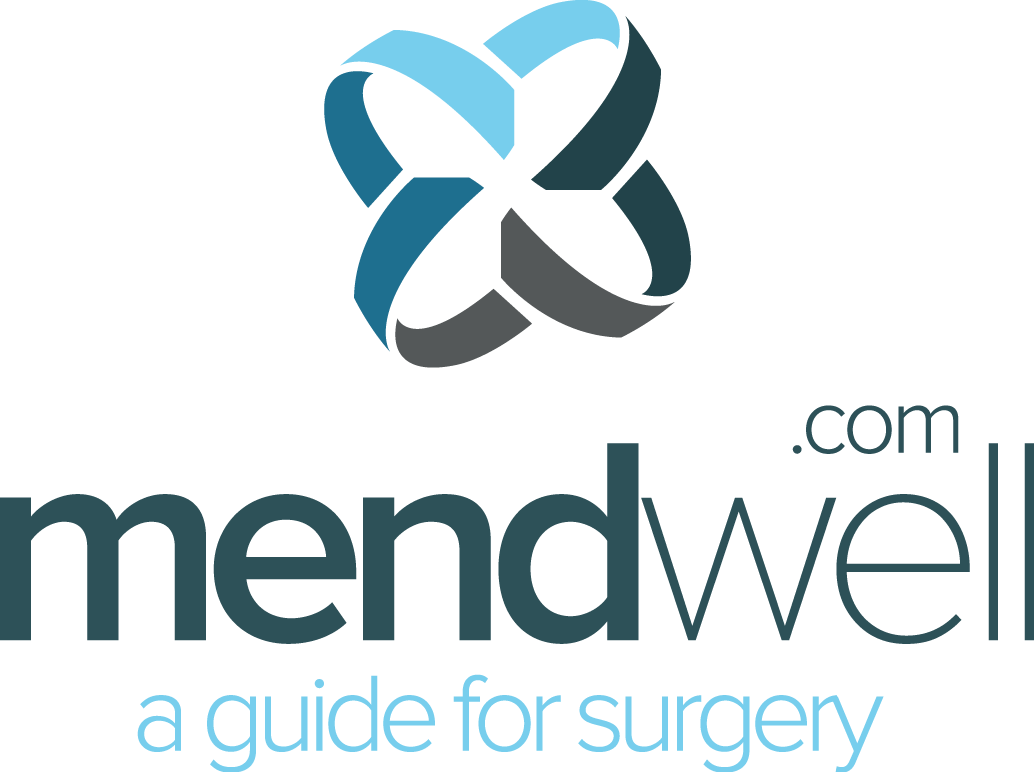Are You At Higher Risk For PONV?
At MendWell, it’s always our goal to empower patients with the information they need for a smooth surgical experience. Today, then, we’re talking about one of the most common surgical complications: postoperative nausea and vomiting (PONV)—and, specifically, about how to know if you’re at a higher risk for PONV. Read for our helpful breakdown on PONV and common PONV risk factors.
What is PONV?
PONV stands for postoperative nausea and vomiting—which, as you probably guessed, is exactly what it sounds like: sickness upon waking from a surgical procedure. It remains one of the most common causes of dissatisfaction for patients after surgery and, though heavily researched, still affects about one in three patients who undergo general anesthesia today.
What causes PONV?
PONV can happen to any patient—and it’s a phenomenon that can be caused by a number of things that happen before or during your surgery, including anaesthetics, opioids, anxiety, adverse drug reactions, and upsetting motion.
Who’s at a higher risk for PONV?
While nausea and vomiting after waking from surgery can happen to anyone, certain patients are at a higher risk for PONV than others—specifically: women; non smokers; those with a history of PONV, motion sickness, or migraine; and those who have preoperative opioid analgesia. While the overall occurrence of PONV is reported to be around 30%, it increases to about 70 percent in high-risk patients.
- Women: Research shows that females are at a higher risk for PONV than their male counterparts, while women of reproductive age run an especially increased risk. According to an article published in the Pharmaceutical Journal, the fact that female patients of reproductive age suffer up to three times more often with PONV than men do indicates a hormonal influence.
- Non-Smokers: Being a non-smoker can roughly double a patient’s risk of PONV, according to an article published in the British Medical Journal—while the exact reason smoking can protect a patient from the risk of PONV remains unknown. (That being said, smoking before surgery isn’t exactly a healthy idea—learn more about why you should considering quitting smoking before surgery here.)
- Those with a history of PONV, motion sickness, or migraine: If you’ve had surgery before and have awoken with PONV, you’re at a higher risk for PONV than patients without a history of the complication. The same is true for those who have a history of motion sickness or migraines. In fact, in a study of 671 patients, more than 25 percent of the patients had a history of PONV, motion sickness, or migraine.
- Those who have preoperative opioid analgesia: Because opioids stimulate the CTZ (an area of the brain that receives input from blood-borne drugs and initiates vomiting), they increase a patient’s risk of PONV.
Can I reduce my risk of PONV?
PONV remains a major problem for patients (there’s nothing worse than waking up from surgery sick) and for hospitals (longer length-of-stay for PONV patients results in higher costs)—but reducing it can be tricky. For physicians, using regional anesthesia rather than general when possible and/or avoiding opioids are both steps that can help. On a patient’s end, reducing anxiety and hydrating before surgery can also help to reduce your risk of PONV. If you fall into one or more of the above high-risk categories, the best thing you can do is talk to your doctor in order to customize a pre-op plan to help reduce your chances of waking up from surgery feeling sick.
Want to learn even more about surgical risk factors and staying healthy before going under? Browse the rest of MendWell for empowering pre-op information, helpful nutrition advice, and pro medical tips for ensuring your recovery is the best it can be.


